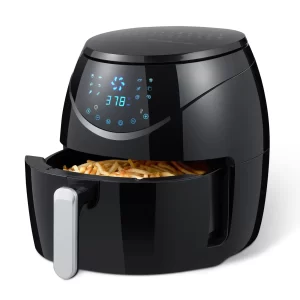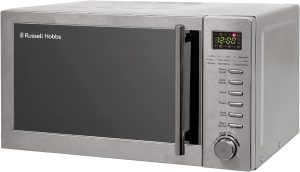Do toaster ovens use a lot of electricity?
Introduction:
Toaster ovens are versatile kitchen appliances that can handle various cooking tasks, from toasting bread to baking small dishes. When considering the use of a toaster oven, one common question that arises is whether they consume a significant amount of electricity. In this article, we will explore the energy consumption of toaster ovens, discussing their power usage, factors that affect energy consumption, potential cost implications, and energy-saving tips. By understanding the electricity usage of toaster ovens, users can make informed decisions and optimize their energy efficiency.

Do toaster ovens use a lot of electricity?
Power Usage of Toaster Ovens:
a. Power Rating: Toaster ovens typically have power ratings ranging from 800 to 1500 watts. The power rating indicates the amount of electrical energy consumed by the appliance.
b. Energy Consumption: The energy consumption of a toaster oven depends on its power rating and the duration of use. Higher-wattage toaster ovens generally consume more electricity compared to lower-wattage models.
Factors Influencing Energy Consumption:
a. Cooking Time: The length of time the toaster oven is in use directly impacts its energy consumption. Longer cooking times result in higher energy usage.
b. Temperature Setting: The temperature at which the toaster oven operates affects its energy consumption. Higher temperature settings require more energy to reach and maintain the desired cooking temperature.
c. Preheating: Preheating the toaster oven before cooking can also contribute to energy consumption. The time required for preheating consumes additional electricity.
d. Size and Capacity: The physical size and capacity of the toaster oven can influence energy consumption. Larger toaster ovens generally have higher power ratings and may consume more energy.
e. Frequency of Use: The frequency with which the toaster oven is used can impact overall energy consumption. Regular use will result in higher energy usage compared to infrequent or occasional use.
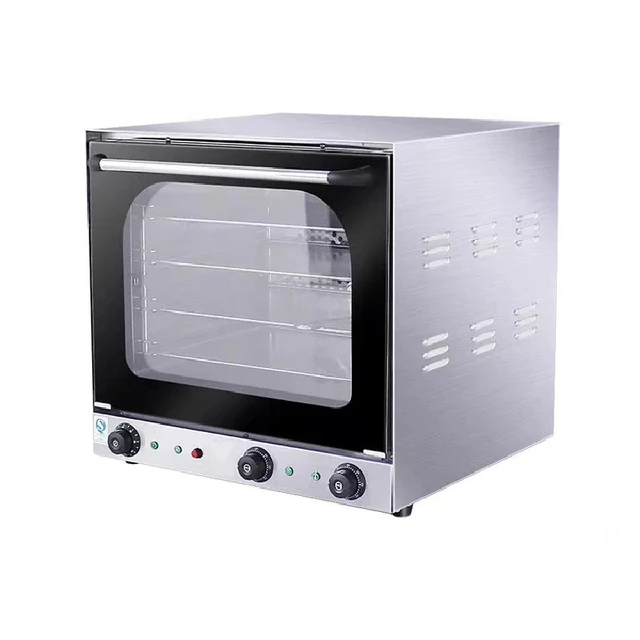
Comparing Toaster Ovens to Conventional Ovens:
a. Energy Efficiency: Toaster ovens are generally more energy-efficient compared to conventional ovens. Conventional ovens are larger and require more energy to heat the larger cooking space.
b. Reduced Preheating Time: Toaster ovens typically require less preheating time compared to conventional ovens. This can result in energy savings, especially when cooking smaller portions or meals.
c. Cooking Small Quantities: When cooking small quantities of food, toaster ovens are more energy-efficient than conventional ovens. The smaller cooking space in toaster ovens requires less energy to reach the desired temperature.
Cost Implications:
a. Electricity Rates: The cost of using a toaster oven depends on the electricity rates in a particular location. Electricity rates can vary based on geographical location and utility provider.
b. Energy Consumption Calculation: To estimate the cost of using a toaster oven, multiply the wattage rating by the hours of use and the electricity rate per kilowatt-hour (kWh). This calculation provides an estimate of the cost for using the toaster oven.
c. Cost Savings with Energy Efficiency: By selecting an energy-efficient toaster oven and employing energy-saving practices, users can potentially reduce energy consumption and the associated costs.
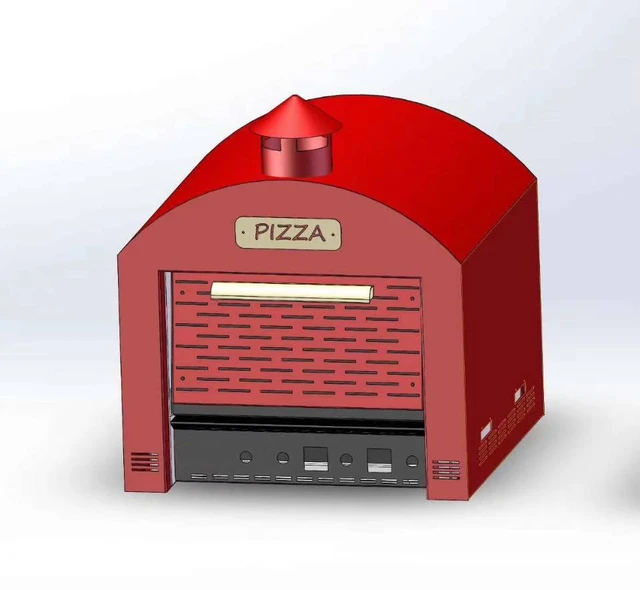
Energy-Saving Tips for Toaster Oven Usage:
a. Optimize Cooking Time: Minimize cooking time by preheating the toaster oven only when necessary and utilizing the appliance’s quick heat-up capabilities.
b. Use Lower Temperature Settings: When possible, select lower temperature settings that still achieve the desired cooking results. This can help reduce energy consumption.
c. Avoid Excess Preheating: Preheating the toaster oven for longer than necessary can waste electricity. Follow recipes’ instructions for preheating times or experiment to determine the optimal preheating duration.
d. Cook Multiple Items Simultaneously: Maximizing the toaster oven’s cooking capacity by preparing multiple items at once can help conserve energy and reduce overall usage.
e. Proper Food Placement: Ensure proper food placement within the toaster oven, allowing for adequate airflow and even heat distribution. This can minimize cooking times and optimize energy efficiency.
f. Regular Maintenance: Keep the toaster oven clean and in good condition. Accumulated grease or food debris can impact the oven’s efficiency and increase energy consumption.
g. Utilize Timers and Auto Shut-off Features: Take advantage of timers and auto shut-off features available in some toaster ovens. These functions allow for precise control over cooking times and help prevent unnecessary energy use.
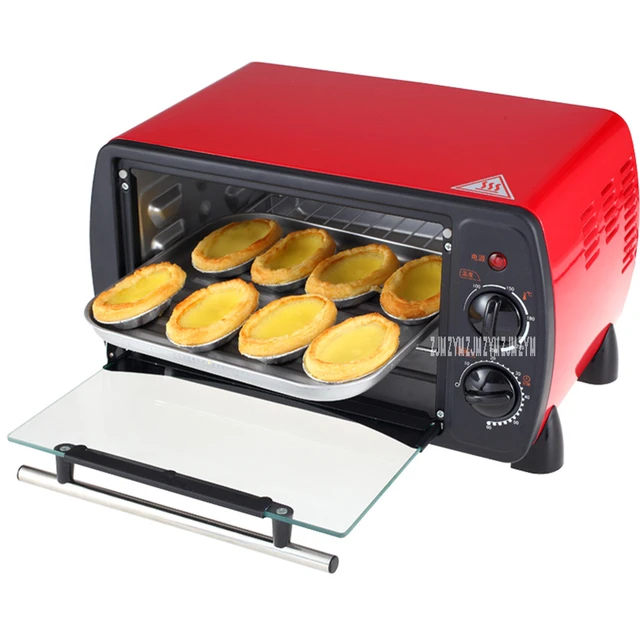
Consideration of Other Factors:
a. Standby Power Consumption: Like many electronic devices, toaster ovens may consume a small amount of standby power even when not in use. To minimize this energy usage, consider unplugging the toaster oven when it is not in use or utilizing power strips with on/off switches.
b. Energy-Efficient Models: When purchasing a new toaster oven, consider selecting a model that is Energy Star certified or labeled as energy-efficient. These models are designed to consume less energy without compromising performance.
c. Multi-functionality: Some toaster ovens offer additional features and functions, such as convection cooking or air frying capabilities. While these added features can provide versatility, it’s important to note that they may consume slightly more energy when used.
d. Alternative Cooking Methods: In certain cases, alternative cooking methods such as stovetop cooking, microwaving, or using a slow cooker may be more energy-efficient for specific dishes or recipes. Evaluating the most suitable cooking method for each scenario can help reduce overall energy consumption in the kitchen.
Environmental Considerations:
a. Reduced Carbon Footprint: Using a toaster oven instead of a conventional oven can contribute to reducing the carbon footprint associated with energy consumption. Toaster ovens require less energy to operate, resulting in lower greenhouse gas emissions.
b. Sustainable Energy Sources: Consider utilizing toaster ovens during times when renewable energy sources, such as solar power or wind power, are more readily available. This can further reduce the environmental impact of energy consumption.
c. Proper Disposal: When replacing an old toaster oven, ensure proper disposal by following local recycling guidelines. Many components of toaster ovens, such as metals and electronic components, can be recycled, reducing waste and environmental impact.

Conclusion:
Toaster ovens consume electricity, but their energy consumption can vary based on factors such as power rating, cooking time, temperature settings, and frequency of use. Compared to conventional ovens, toaster ovens are generally more energy-efficient, particularly when cooking smaller quantities. By considering energy-saving practices such as optimizing cooking time, using lower temperature settings, and cooking multiple items simultaneously, users can further reduce their toaster oven’s energy consumption. While the cost implications of using a toaster oven depend on electricity rates and individual usage patterns, employing energy-saving tips can lead to cost savings over time. Understanding the energy consumption of toaster ovens and implementing energy-efficient practices allows users to enjoy the convenience and versatility of these appliances while minimizing their environmental impact and energy costs.
